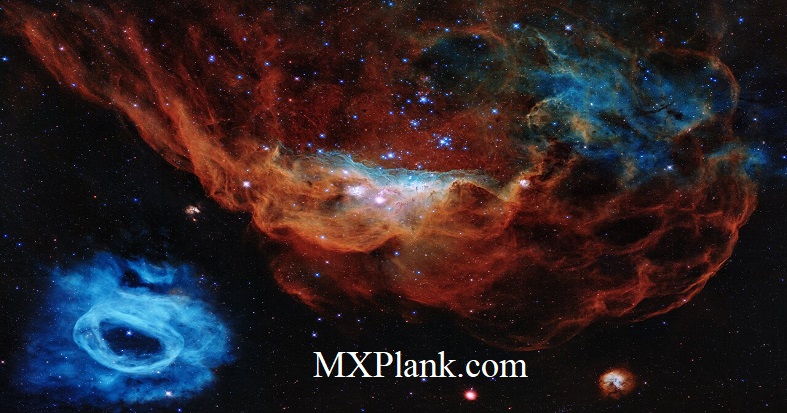
These two new images from the Hubble Space Telescope depict two nearby young planetary nebulae, NGC 6302, dubbed the Butterfly Nebula, and NGC 7027, which resembles a jewel bug. Both are among the dustiest planetary nebulae known and both contain unusually large masses of gas

Where are all of these meteors coming from In terms of direction on the sky, the pointed answer is the constellation of Small Harp (Lyra). That is why the famous meteor shower that peaks every April is known as the Lyrids -- the meteors all appear to came from a radiant toward Lyra.

This striking new NASA/ESA Hubble Space Telescope image shows a glittering bauble named Messier 92.Located in the northern constellation of Hercules, this globular cluster - a ball of stars that orbits a galactic core like a satellite - was first discovered by astronomer Johann Elert Bode in 1777.

This image is one of the most photogenic examples of the many turbulent stellar nurseries the NASA/ESA Hubble Space Telescope has observed during its 30-year lifetime. The portrait features the giant nebula NGC 2014 and its neighbour NGC 2020 which together form part of a vast star-forming region in the Large Magellanic Cloud, a satellite galaxy of the Milky Way, approximately 163 000 light-years away.